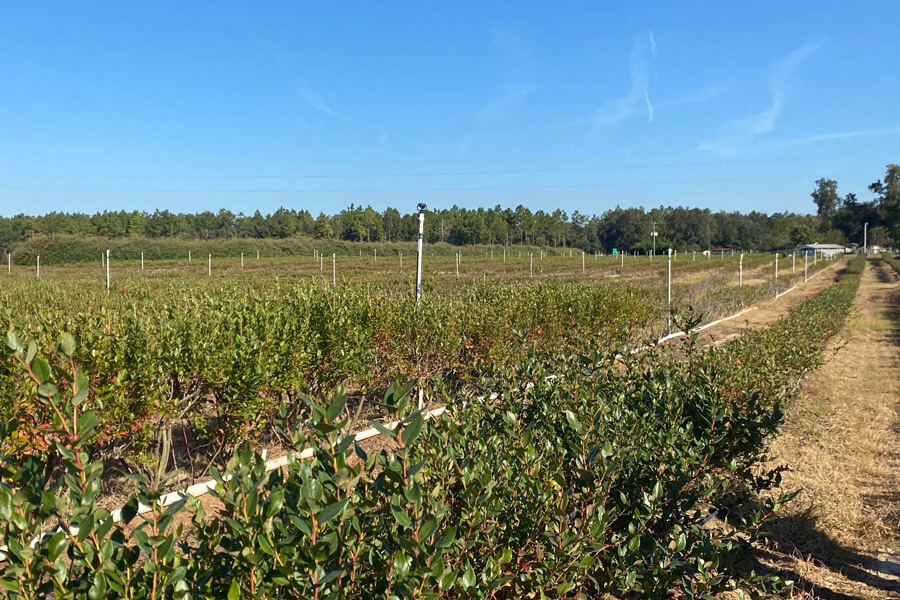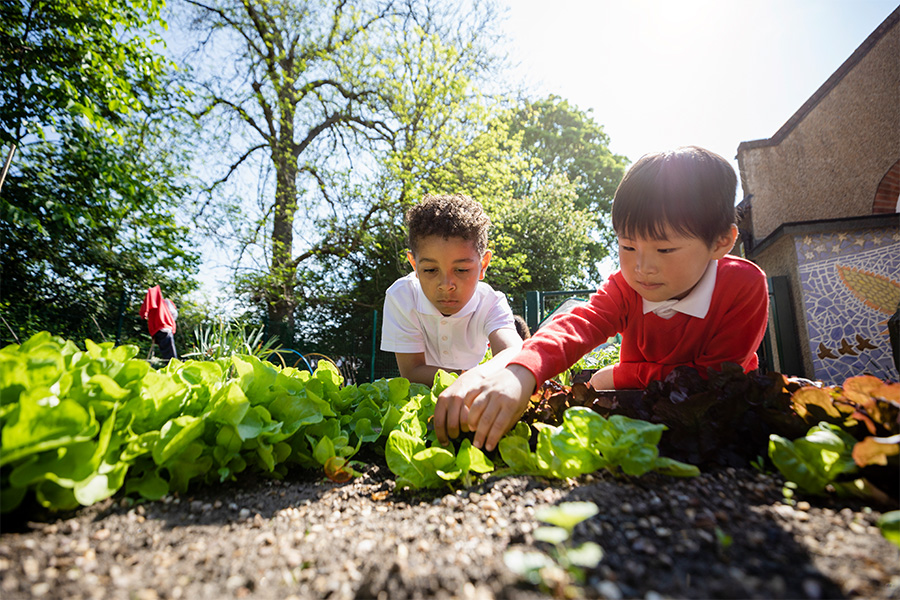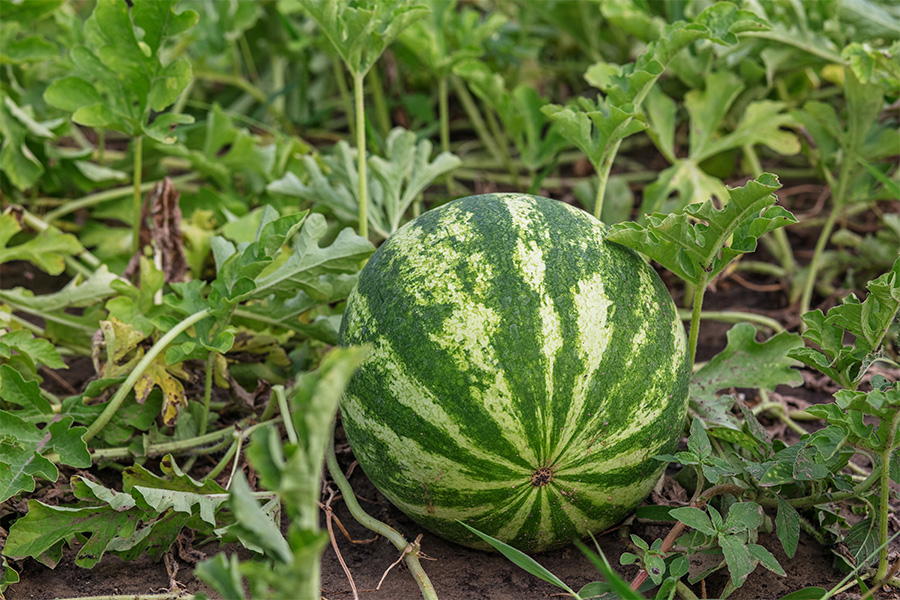Horticulture
-

Autora adicional: Natalia Espinoza, Department of Crop and Soil Sciences. Esta circular cubre los principios básicos de cosecha, manipulación y almacenamiento en frío poscosecha de arándanos para el mercado fresco para garantizar la mayor vida útil y calidad posibles y, al mismo tiempo, minimizar las pérdidas poscosecha. Los arándanos se cosechan en Georgia desde finales de abril hasta finales de junio. Las variedades de arbusto alto del sur se cosechan temprano en la temporada, mientras que los ojos de conejo maduran hacia el final de la temporada. Es importante recordar que la calidad de las bayas está ligada tanto al precio como a la aceptación del consumidor, por lo que brindarles fruta de buena calidad es clave para el éxito de su operación. Es posible la recolección mecánica, especialmente para variedades resistentes a los magulladuras; Los costos de recolección manual son un gasto importante en las operaciones de arándanos. Aunque las cosechadoras mecánicas requieren una cantidad significativa de capital, la inversión es rentable a largo plazo para la mayoría de los productores. Es importante tener en cuenta que no todas las variedades de arándanos son aptas para la cosecha mecánica. En Georgia, la mayoría de las variedades de ojo de conejo se cosechan a máquina, especialmente para el mercado procesado. Los arándanos son un producto altamente perecedero y su vida útil a menudo está limitada por altas tasas de respiración, ablandamiento, pérdida de agua, pérdida de sabor, daños mecánicos y descomposición. Por ello, reducir la temperatura de la fruta nada más ser cosechada es crucial. [This publication is the Spanish-language version of C 1269, Blueberry Harvesting and Postharvest Handling]
Angelos Deltsidis and Zilfina Rubio Ames
|
-

C 1267-SP
Pre-Establecimiento de Arándanos
Autora adicional: Natalia Espinoza, Department of Crop and Soil Sciences. Esta publicación cubre las consideraciones que los productores deben tener en cuenta al elegir un sitio para plantar arándanos. Describe las características del suelo que se necesitan para cultivar y producir arándanos, cómo identificar un buen suelo, su drenaje y cómo cultivos anteriores podrían afectar la productividad de los arándanos.
[This publication is the Spanish-language version of C 1267, Blueberry Pre-Establishment, and covers the considerations producers need to have in mind when choosing a site to plant blueberry. It describes the soil characteristics that are needed to grow and produce blueberry, how to identify good soil, soil drainage, and how prior crops could affect blueberry productivity.]
Zilfina Rubio Ames
|
-

C 963-SP
Calendario para Siembra de Vegetales
Esta es la versión en español del Cuadro de plantación de hortalizas de la Circular 963, Horticultura en Georgia. Traducido por Rolando Orellana. [This is the Spanish-language version of the Vegetable Planting Chart from Circular 963, Vegetable Gardening in Georgia.]
Bob Westerfield and Rolando Orellana
|
-

Watermelon production faces many challenges in Georgia. The warm, humid climate favors numerous foliar diseases. Because of the long history of watermelon production in Georgia, soilborne diseases such as Fusarium wilt also present challenges to growers. This bulletin will provide background on disease symptoms, pathogen survival and infection, pathogenic races, and management.
Timothy Coolong and Bhabesh Dutta
|
-

El tomate es una de las hortalizas más populares que se cultivan en el huerto familiar. Si bien las plantas de tomate pueden producir una gran cantidad de frutas saludables y deliciosas, su cultivo puede resultar frustrante. Además de las enfermedades e insectos más comunes que atacan a los tomates en el huerto, también pueden ocurrir varios padecimientos asociados con las labores culturales. Es importante el reconocer esas afecciones fisiológicas rápidamente para poder prevenirlas y así obtener frutos sanos. Title in English: Troubleshooting Cultural Problems in Tomatoes.
This publication is intended for general use audiences, including homeowners, civic groups, and master gardeners. It covers the basic troubleshooting procedures for solving common problems while growing tomatoes. It includes a description of both cultural and physiological problems and solutions.Bob Westerfield and Alejandra Maria Jimenez Madrid
|
-

Esta guía muestra las abejas silvestres más comunes de las plantaciones de arándanos en el sur de Georgia. El material presentado aquí es un resumen visual del muestreo de 2021 y 2022 en campos comerciales de arándanos de los condados productores más importantes: Bacon, Pierce y Ware. En total, se encontraron más de 70 especies de abejas. La contribución de las abejas silvestres a la polinización de los arándanos es cada vez más reconocida. La identificación adecuada de estos insectos en el campo es una parte fundamental de los esfuerzos de conservación.
Sarah Miranda Rezende, Bodie V. Pennisi, Michael Ulyshen, and Jason Schmidt
|
-

A wide variety of bulbs grow well in Georgia. Most are grown for their flowers and some for their foliage. They are grown as pot plants, in shrub borders, naturalistic plantings and in mass displays. Bulbs offer a certain magic to the landscape virtually unrivaled by other plants.
Paul A. Thomas and Bodie V. Pennisi
|
-

Fertilizer injectors are devices used to apply water-soluble fertilizers, pesticides, plant growth regulators, wetting agents and mineral acids during crop production. They are a vital part of modern greenhouse or nursery operations. Despite the advantages, many growers have had at least one experience with a compromised, damaged or even ruined crop where the cause was traced to a malfunctioning injector. Just like other mechanical devices, proper and frequent maintenance and calibration are crucial steps to ensure optimal injector performance and, thus, healthy crops.
Bodie V. Pennisi
|
-

This resource provides guidelines for proper pruning that help you grow healthy vigorous plants and create lasting landscape beauty.
Bodie V. Pennisi
|